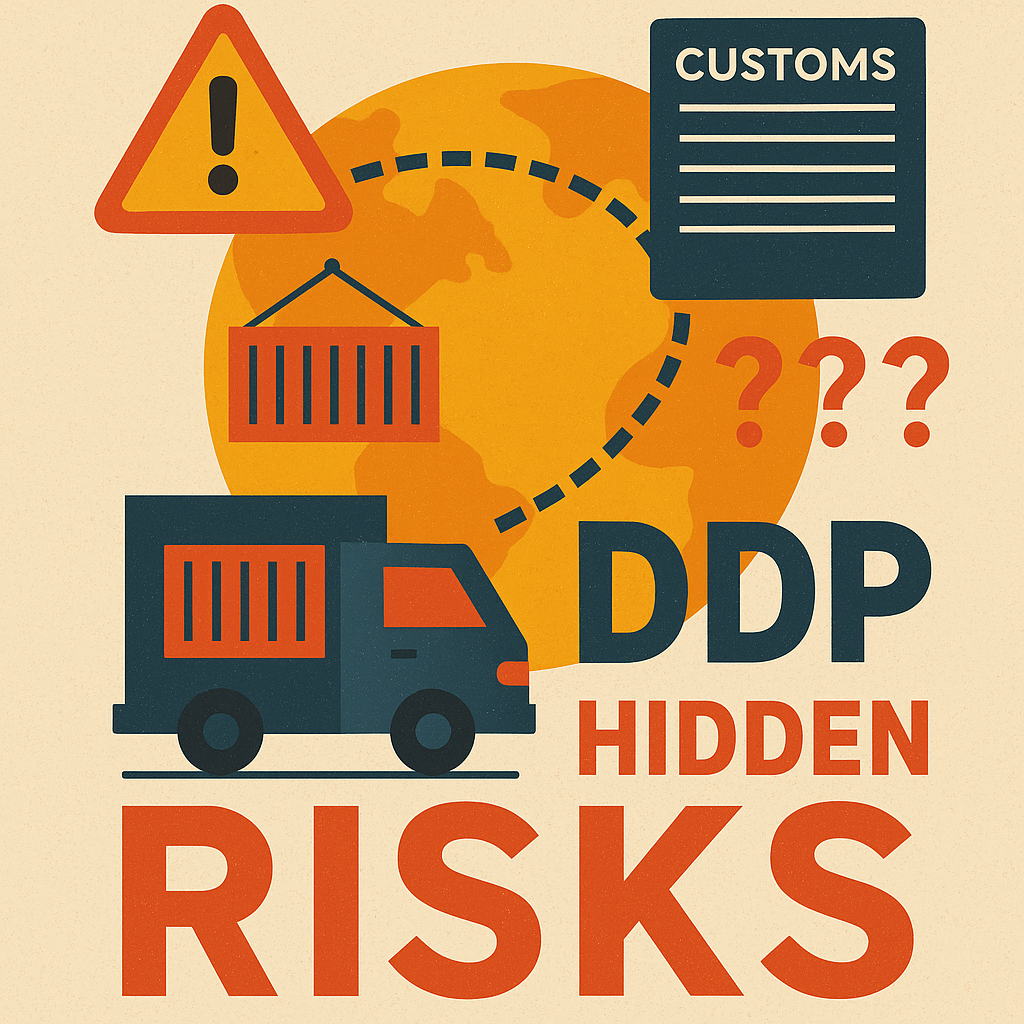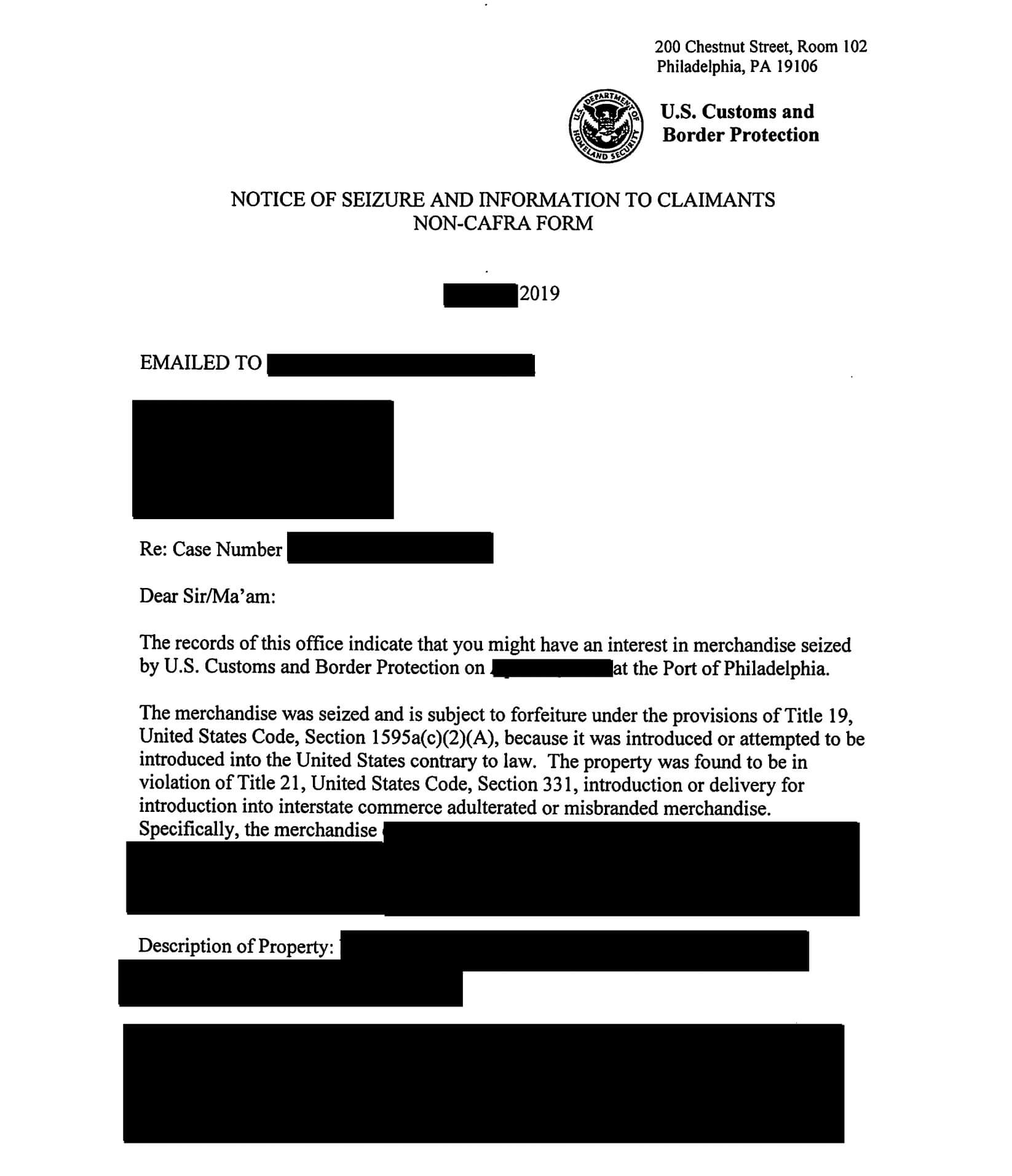Over 30 U.S. states allow patients to experience the effects of Kratom.
Which leads to a question.
If that’s the case, why does an online search turn up results like “severe adverse effects?”
We’re glad you asked.
Together, we’ll answer this question. Because truth is worth pursuing.
What Is Kratom and Where Does It Come From?
Also known as Mitragyna speciosa, Kratom is drawn from the leaves of an evergreen tree naturally growing in Southeast Asia. Interestingly, the trees are related to the coffee bush.
What Is Kratom Traditionally Used For?
Originally used by farmers in Thailand and Malaysia, the stimulant effects aided hard labor. Kratom leaves would be snipped and chewed.
Beyond general mood enhancement, they experienced:
- Reduction in muscle pain
- Chronic pain relief
As an herbal supplement, Kratom gave energy to its users. Enough to push themselves past difficult manual tasks.
The Benefits of Kratom
Depending on the source, you’ll hear one of two responses.
The first will say there isn’t any.
But the other side may ask, “How much time do you have?” In other words, they have a long list.
Is Kratom Beneficial?
According to the Food and Drug Administration (FDA), Kratom use provides “no known medical benefits.”
While they list safety concerns as the reason for not approving it, one must wonder.
A 2017 study by Oliver Gundmann took a different view. His findings on the therapeutic potential for Kratom users were also shared by the National Institutes of Health (NIH).
Results from the online survey:
- Alleviates pain
- Reduces stress
- Boosts energy
A division within the NIH also stated that patients reported:
- Better management of mental disorders
- Decreased opioid withdrawal symptoms
- Help with drug and alcohol dependence
Besides helping with withdrawal, they said it lessened cravings for opioid use in general.
What Are the Positive Effects of Kratom?
It’s believed that Kratom samples affect opioid brain receptors.
That’s why its medical use has applied to people with a history of drug abuse. Examples are morphine and heroin.
But benefits don’t end at decreasing withdrawal symptoms:
- Low doses raise energy levels
- Higher doses relieve pain
- Very high doses sedate patients
Do the first two seem familiar? If so, it’s because the farmers mentioned earlier experienced these outcomes.
How To Import Kratom Into the United States
Before we address this question, please note that importing Kratom is technically prohibited.
An active alert from the FDA is enough for seizures. Even if you live in a state that allows it.
We know, it’s a bit confusing.
Previously they’d hold it for days while they conducted a lab test. But now they receive instant results via an accurate handheld device.
It’s pretty much treated like illicit opioids . Which isn’t good for vendors who’ve invested resources into purchasing and shipping it.
Our advice?
To prevent your shipment being stopped at the border, consult an international trade law professional familiar with importing.
The Risks Associated With Importing Kratom
There’s one obvious risk.
Dealing with the ban Kratom was handed by the FDA.
Lumped in with other psychoactive drugs, they highlight apparent adverse effects. In 2018, a study they directed led to a statement from their commissioner.
Per him, Kratom products:
- Are a gateway to other drugs and opioid addiction
- Cause respiratory depression, which can be life-threatening
Another three-letter agency, the US Department of Health and Human Services (HHS), took another stance.
They had agreed with the FDA until 2017, when they labeled Kratom safe. According to them, there wasn’t enough evidence of its harmful nature.
But surprisingly, this change of heart wasn’t made public until early 2021.
What Did the DEA Decide To Do About Kratom?
The Drug Enforcement Administration (DEA) placed Mitragyna speciosa on Schedule I of the Controlled Substances Act back in 2016. Citing Kratom exposure cases from poison control centers.
By doing so, they were basically saying:
- No accepted medical use from health professionals
- High chance of abusing Kratom
Because of a public outcry, 50 members of Congress sent a bipartisan letter to delay the ban. In October 2016, the DEA decided against its original intent. Officially, they withdrew their plan.
The Potential for Abuse of Kratom
It’s worth clarifying conflicting information between the FDA and the National Institute on Drug Abuse (NIDA) here.
Let’s start with NIDA.
A number of years ago, they awarded two grants for the study of Kratom. They realized more research was needed before weighing in on the issue.
Insights pulled directly from their own website:
- It’s legal and accessible in many areas
- They support research to evaluate possible medical uses
- Few deaths can be directly tied to Kratom powder
Next, we’ll look at the FDA.
You’ve already read that they don’t believe positive health effects can happen. And they believe it affects the same opioid receptors as morphine.
Historically, they only approve drugs that go through expensive clinical trials. So, naturally occurring plants are usually written off.
Even if they have been taken for centuries in Southeast Asia.
Their warning centers around products that have:
- Botanical substance Kratom
- Its psychoactive compounds
We’ll let you decide which source helps your final decision.
What Class of Drug Is Kratom In?
Earlier, you read how the DEA put Kratom into Schedule I of the CSA. After pushback from many sources, they made a shift.
Not a major one, but a shift nonetheless.
It became a part of Schedule II. Included are drugs that could lead to substance use disorder.
But in 2019, it was officially removed from the CSA.
What To Look For When Purchasing Kratom Online
Because there’s mixed sentiments about Kratom products, conduct your own research first. And the process could look something like we’ve outlined below.
Steps to follow:
- Determine if it’s legal in your state through an online search
- Make sure they use medicinal chemistry to test the quality
- Ensure their marketing complies with current rules and regulations
- Investigate any recalls or issues with their Kratom
Due diligence will increase the likelihood that your purchase is the real deal.
How To Store and Use Kratom Safely
Mixing Kratom powder is supposed to yield the best results. But it needs to be stored properly.
- Keep it in a cool room without windows
- Place it in a ziplock bag, then put that inside a jar
- Date your bags and containers
- Avoid moisture
- Ensure heat exposure won’t occur
- Maintain it in bulk
Reading these tips, you may see it as too sensitive for your tastes. That’s okay.
But the goal is to preserve this emerging botanical agent at its purest form.
Reidel Law Firm Assisting Kratom Imports
You probably don’t have time to decipher the “legalese” around bringing Kratom across the border.
Naturally, this is an assumption. But it’s based on discussions with our customers.
We can help you handle the legal aspects of any import issues. It is our specialty after all.
Plus, it removes the need for any sort of course on these topics.
Our international trade law division also supports:
- Export Compliance
- Litigation before the Court of International Trade (Section 337, anti-dumping/countervailing, and other trade related cases)
- Trade Compliance Audits and Training
Reach out to see how we can help your imported Kratom hit the market sooner!






